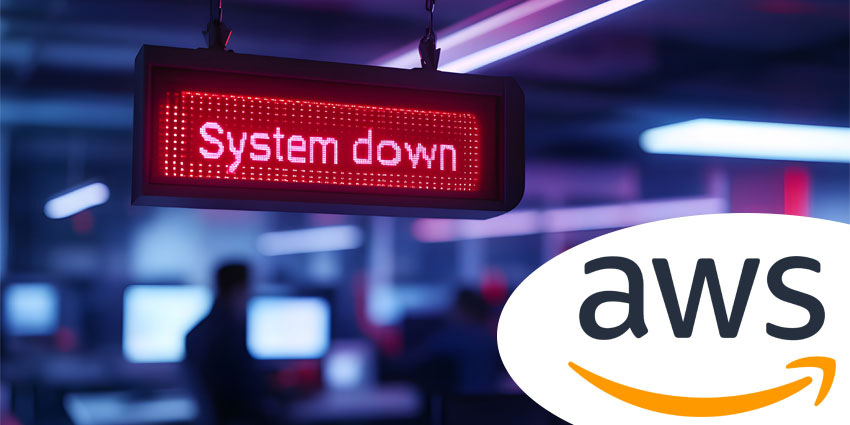It’s been a summer of change for Cisco — especially in its Collaboration arm.
Following Javed Khan‘s departure as Cisco‘s SVP and GM of Collaboration this month after four successful years, Anurag Dhingra has stepped into the role just as the company’s Collaboration, Networking and Security businesses are being merged into one unit.
Dhingra has been with Cisco for 25 years, beginning as a software engineer before scaling the company’s heights with roles including Head of Engineering for Webex Meetings and, most recently, the CTO and CPO of Cisco Collaboration. He’s been with Cisco for longer than many of its executive teams, and his CV illustrates extensive expertise and experience in collaboration technology.
The big question, naturally, is what now?
Khan was praised for advancing Webex’s portfolio by integrating AI capabilities across Cisco Collaboration software and hardware, introducing robust security enhancements, expanding Webex’s ecosystem, notably integrating Microsoft Teams, and launching the successful Webex Suite. What is Dhingra’s strategic ambition for the next era of Cisco Collaboration?
“So, the good news is that I was part of the leadership team even before I took on this role,” Dhingra told industry expert and analyst Dave Michels in an interview for UC Today. “I helped shape the current strategy that we have and our strategy has been working. So I’m not going to make a left turn there. I think we have a good thing here.”
Opting for strategic continuity makes sense. If it ain’t broke, don’t fix it—especially if you’re one of the architects behind the strategy in the first place, as Dhingra is. However, maintaining course is different from resting on one’s laurels. Dhingra eyes opportunities for strategic evolution, if not revolution.
“What I’m going to do is really focus on how do I capture the opportunity that’s in front of us,” Dhingra outlined, “and it is a huge opportunity. It’s all about building on the momentum. We have the beginning of something very good. So I’m focused on how do we streamline, how do we execute well, how do we drive innovation?”
“One of the first things I did after taking on this role was consolidating our contact centre business and our CPaaS business under Jay Patel,” Dhingra continued to Michels. “He’s stepping up to lead the full customer experience portfolio. That’s an example of driving better execution rhythm, better product integration, delivering more innovation.”
Dhingra also highlighted that he “championed” AI’s becoming a key part of Webex. “I also helped shape the company policy and strategy on AI. So that’s going to be another area, just doing more innovation.”
Michels asked Dhingra specifically about AI and whether Cisco’s extensive series of product investments (and company acquisitions) leaves it with little more innovation to work within AI.
“I’ve got to throw a yellow flag on this AI call because Cisco’s been leaning into it pretty heavily already,” Michels said. “You’ve launched the Webex Assistant. You’ve launched Cinematic Experiences. You’ve made, I think it’s four acquisitions, MindMeld, Company, BabbleLabs, Voicea. So, isn’t this a dead horse now? Is there anything more you can do with AI?”
“It’s interesting you call it a dead horse,” Dhingra replied. “I actually think that we are just at the beginning of this. As an industry, I think we’re still in the very, very early days of this.”
“You named a few acquisitions we’ve done,” Dhingra added. “We’ve actually combined them and added some organic investment, hired a number of people there so we have a very sizable AI investment within Webex. Where we’re going now is to really deliver on outcomes, and we’re starting to do this with Webex AI system.”
“We’re starting to do this with the Cisco AI system across the various parts of the businesses. But when I think about customer experience, especially, I think we’ve barely scratched the surface in terms of the transformation that we can drive in that space.”
Dave Michels’ full video interview with Anurag Dhingra will be published on UC Today soon.








